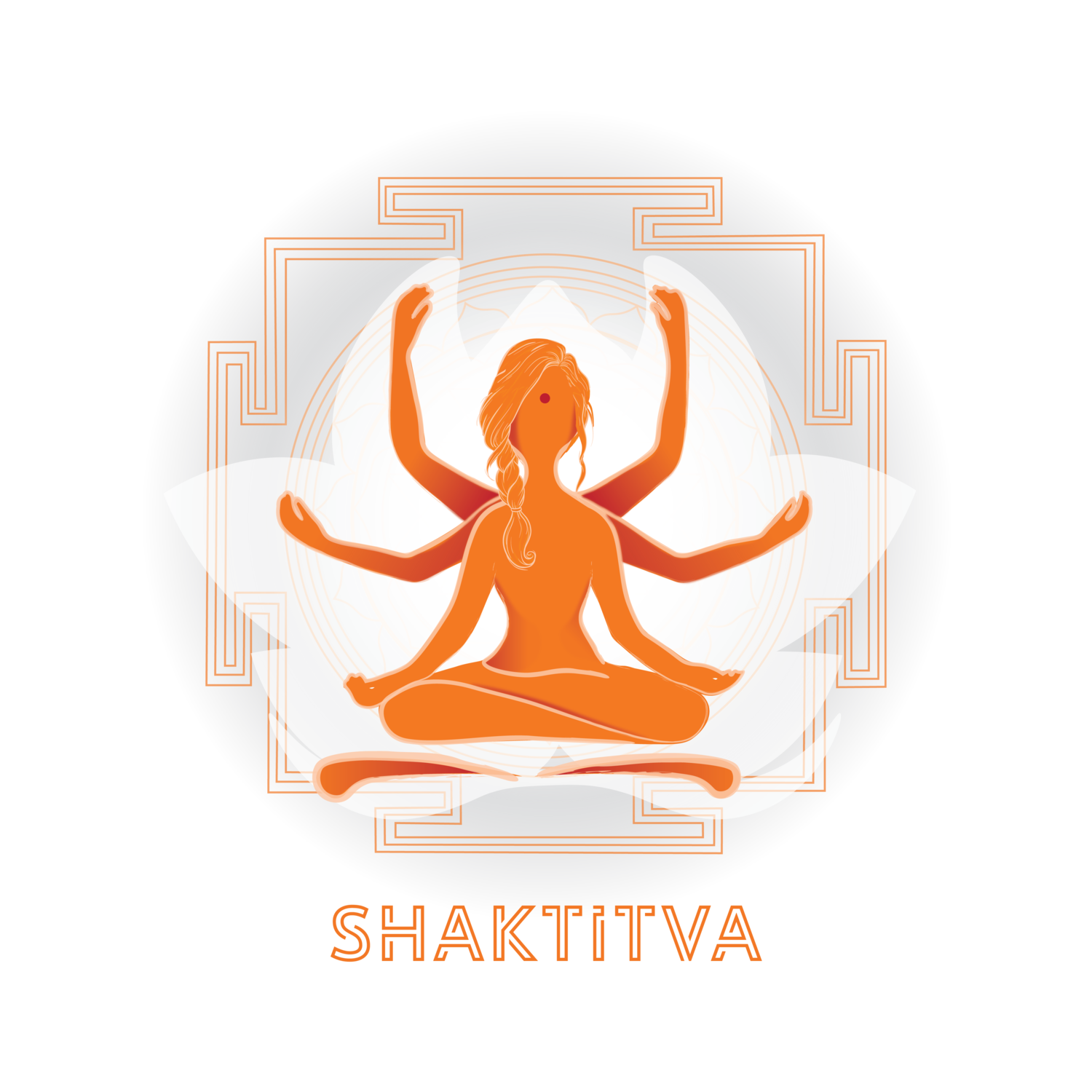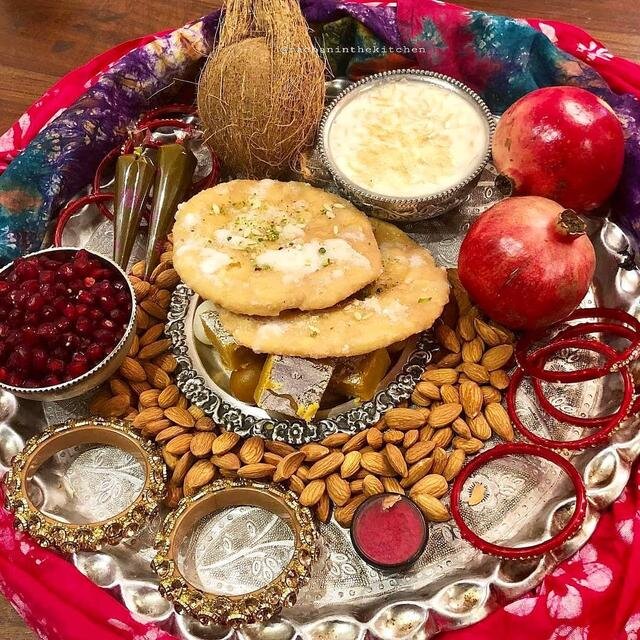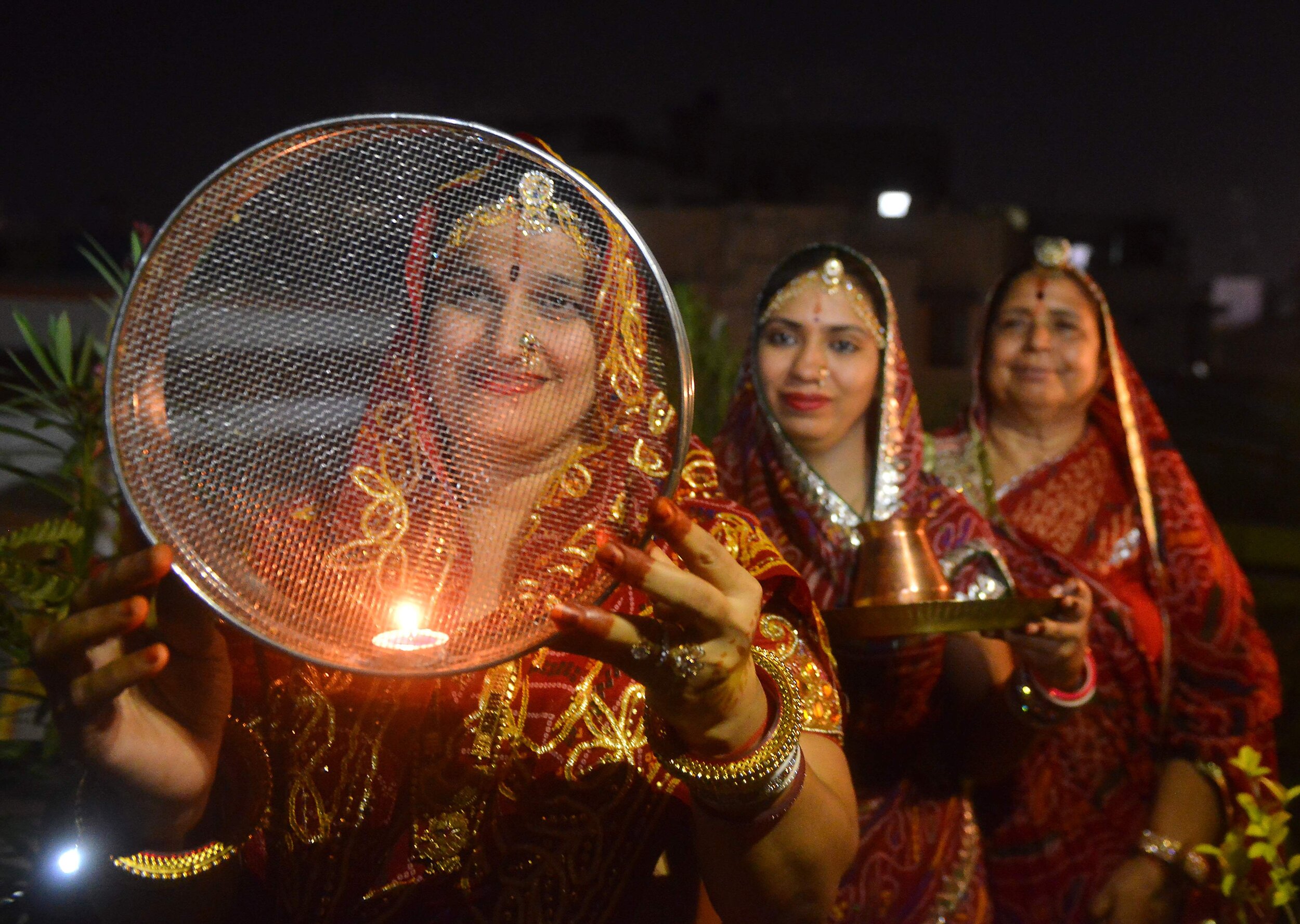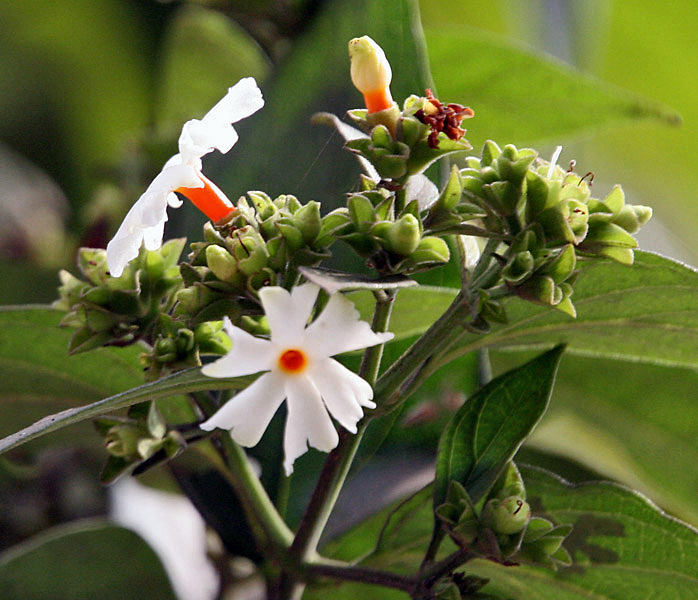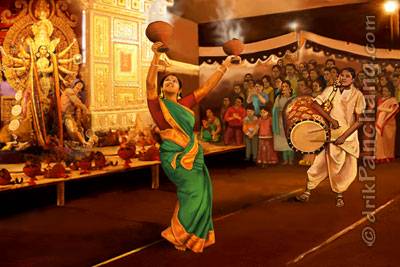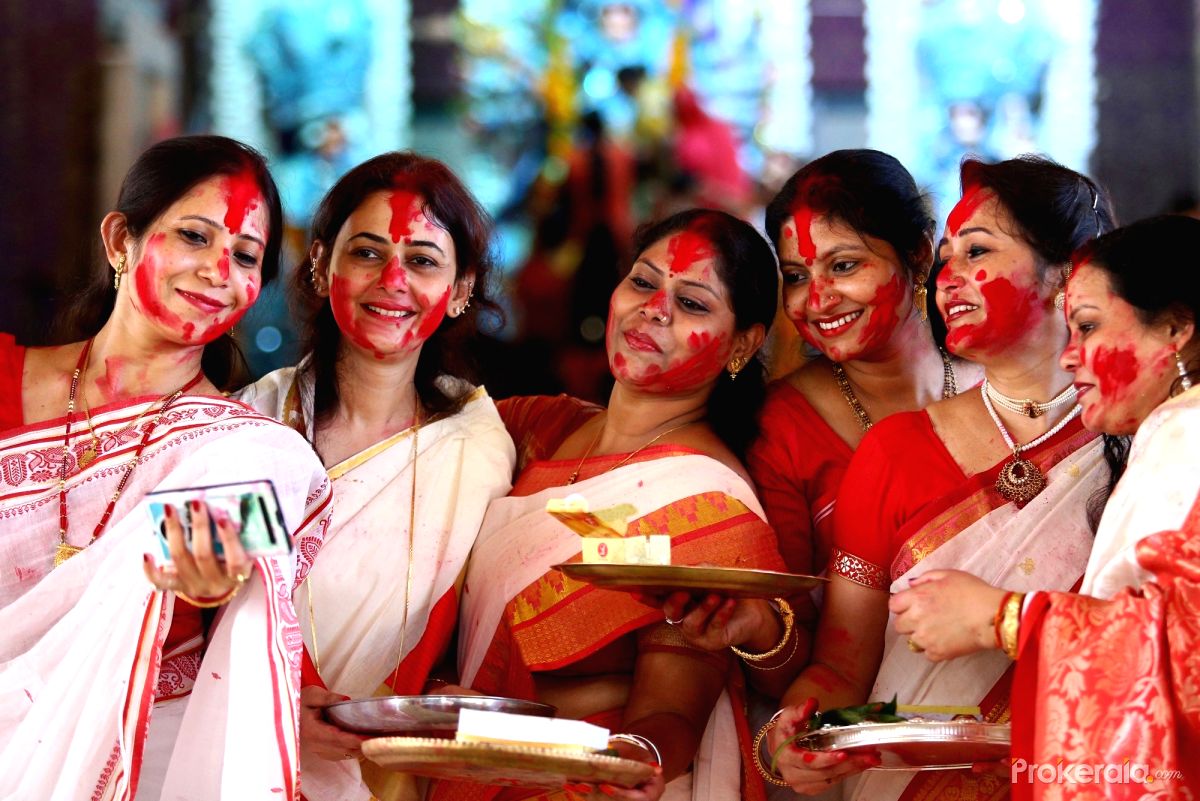In this era of post-modern, post-colonial, post-everything scholarship, we observe that many contemporary scholars, both Indian and Western have been extremely fascinated by the Ramayana and specifically Mata Sita. For some, Mata Sita epitomizes the ultimate sacrifice, for others, she becomes the golden albatross they can hang around Bhagwan Rama’s neck. Some westernized feminists all see her as an embodiment of patriarchal oppression, while others try to fashion her into warrior queens and some even make ignorant and quite exasperating attempts at “liberating” her. In this era where only formalized, westernized knowledge is considered worthy and therefore, Hindus who are losing touch with their mother tongues as well as Sanskrit, have completely lost touch with the native, Indic understanding of Ramāyana. It is our hope that this article should make it abundantly clear, how these “readings”, “re-tellings” and “interpretations” are misguided at best, and mischievous at worst.
One common perception of “religion”, characteristic of this contemporary era, is that all religions are about Gods, rituals, symbols, images, dogmas, festivals, saints, shrines and so on. After all, all cultures in the world believe in existence of an entity/entities that lead to creation of this vast arrangement called Universe and those entities are considered as the cause of everything one sees or perceives. Therefore, at the end of the day, all religions are the same. This too, perpetuates a situation where only the secular understanding of Ramayana is encouraged, which in turn requires studying it like a story with characters, but without its true meaning (Bhaava). Today, on this auspicious Diwali day, we shall attempt to study, Ma Sita’s true nature as interpreted in Maharishi Valmiki’s Ramayana.
What is God?
The Vaidika people, who consider Veda as highest authority put forth an interesting question. They wondered, that if Īshwara (ईश्वर) created everything, it should mean that he also created Jñana (ज्ञान). If he created Jñana, was he without Jñana, i.e. without knowledge, and therefore, ignorant before its creation? If Īshwara was ignorant, how could he create anything?
Therefore, the only possible solution to this paradox is to conclude that Jñana is not created by anybody, therefore, it is Apaurusheya (अपौरुषेय) . This means that Jñana (knowledge) can neither be created nor destroyed.
Our sages also address this through the concepts of ātman (self) and brahma in Upanishads. The entirety of creation is an epiphenomenon due to existence of brahma.
ज्ञान स्वरूपमखिलं जगदेतबुद्धयः।
अर्थ स्वरूपं पश्यन्तो भ्राम्यन्ते मोहसम्प्लवे।।
Vishnu Purana- 1.4.40।।
(All that exists is nothing but Jñana, ignorant sees the diversity due to his attachments.)
All rules, rituals and actions (karma) prescribed by Shastras are tools to know and understand the ultimate reality. If your karma is not in harmony with this Goal of the Vedas, its mere labour. Thus, Manu in the conclusion of his Dharma Shastra says-
सर्वेषामपि चैतेषां शुभानामिह कर्मणाम् ।
किं चित्श्रेयस्करतरं कर्मोक्तं पुरुषं प्रति ॥12.84॥
सर्वेषामपि चैतेषामात्मज्ञानं परं स्मृतम् ।
तद् ह्यग्र्यं सर्वविद्यानां प्राप्यते ह्यमृतं ततः ॥12.85।
“From among all these good acts, is there any one act which has been described as more efficacious in securing to man his Highest Good?”—(84)
Of all these, Knowledge of the Self has been declared to be the most efficacious; since it is the best of all sciences, as Immortality is attained by its means. (85)
Thus, comparing the Vaidika Dharma with other religions, particularly, Abrahamic religions is a fallacious argument. The God, Īshwara for Vaidikas, is not an extra-terrestrial entity seated in heaven, but in fact, it is their own self. It is this SELF that has been glorified as Shiva, Vishnu, Devi, Indra, by various sages, in various texts.
"अयं स भगवानीश: स्वयंज्योति: सनातन:।
अस्माद्धि जायते विश्वमत्रैव प्रविलीयते॥
Suta Samhita 2.10.35।।
(This ātman is bhagwān, īshwar, immortal, self-illuminated. From it, the world arises, in it, the world is dissolved)
"अयं ब्रह्मा शिवो विष्णुरयमिन्द्र: प्रजापति।
अयं वायुरयं चाग्निरयं सर्वाश्च देवता:॥"
Suta Samhita 2.10.36
(It is Brahma, Shiva, Vishnu, Indra and Prajāpati. It is Vāyu, Agni and all the devtās.)
Understanding the relationship between Brahma and Māyā
